Apple chose a bad year to launch expensive iPads that aren't compelling
Apple's new 10.9-inch iPad, iPad Pro, and Apple TV updates are less than stellar, yet the company is charging us as if they are.
Usually you have to wonder why Apple takes its online store down for so long when it's launching new products. This time you could also wonder why it produced a nine-minute promotional video that was shot as if it were meant to be included in September's iPhone 14 launch.
The video really could have been made for that, the "Far Out" event, but if it were, then it wasn't cut because the event was running long. It would have been cut because the new iPad and iPad Pro are ultimately not significant.
In its 9 minutes and 15 seconds, the promo video does its best to make it sound as if the base iPad is shockingly improved, and then that the iPad Pro range has had an earth-shaking update.
But neither is true.
New iPad Pro
It's not as if it's easy to keep coming up with radical new devices, but it's also not as if you have to therefore pretend a release is more than it is. The new 11-inch iPad Pro and the new 12.9-inch iPad Pro are just last year's models with an M2 processor inserted.
The Apple Silicon M2 is better than last year's M1, and Apple gave us various statistics to prove that it's faster. It is faster, certainly, and you will surely notice that over the long term if you continually stretch the iPad Pro to its limits.
That speed gain will be noticeable, but not dramatic, as the iPad stands today.
When the new devices arrive in users' hands, the difference in performance between the M1 and the M2 is going to be close to invisible, because the iPad Pro does not stretch either processor. While the performance-demanding apps DaVinci Resolve and Octane are coming, there's not much else that really pushes the device to need even the power of the M1.
It's as if Apple knows something is coming.
But then you can say that about the new hover mode for Apple Pencil on the iPad Pro. At the moment, all Apple says is that, "Apple Pencil is now detected up to 12 mm above the display, allowing users to see a preview of their mark before they make it."
It's very cleverly done, and it involves the iPad Pro recognizing the angle of the Pencil as well as its proximity. Ultimately, users have still got to make the mark they want in the app that they want it to. So with present apps, this hover preview seems like a gimmick.
So the headline features for the new iPad Pro, such as hover mode and such as the M2 processor, don't yet translate into an appreciable advantage over the old model.
If you were in the market for an M1 iPad Pro and didn't buy, then you are now in the market for an M2 version, and will be glad to get it. If you bought last year's model, there's not a compelling reason today to upgrade.
For different reasons, buying the 9th generation iPad a day before the new 10th generation one was announced, isn't going to fill anyone with the kind of regret you'd expect. You might want the new features of the 10th generation model, but not enough that you'll sell off the old one and upgrade.
New iPad
In every way bar one, the new iPad is a significant and pricey update to the 2021 model, and it even brings that base iPad within sight of the benefits of the mid-range iPad Air. Its benefits over the old model include how it now has the same chassis design, with its more comfortable flat edges for holding.
And of course it has lost the Home button from the front of the screen where it was taking up a lot of room. The new iPad is physically just a few fractions of an inch taller and wider than the 9th generation model, but the bezels are thin enough that the screen has gone from 10.2 inches to 10.9 inches.
Some 0.7 inches does not sound like an extraordinary extra benefit, but it is. Once you were using the device, its screen size is the thing you would notice first when moving between the two generations.
We'll see for sure when the devices are in proper testing, but you're likely to also see an overall performance improvement because the new iPad uses the A14 Bionic processor, as opposed to the A13 Bionic in the old one. So it's a faster processor, and it's a newer one.
That's not only good from a performance perspective, it also helps with future resale value, and it helps with how many years you can keep usefully using these machines.
In comparison, the new base iPad is not up to date. Instead, its A14 Bionic processor is straight out of the iPhone 12 range, where it debuted two years ago.
Still, it is better than the A13 Bionic in the previous 9th generation iPad — but the question is whether it's worth the price increase. For all that the A14 Bionic is faster than its predecessor, for all that the larger screen is appealing, that $120 price increase is a barrier.
Then it also makes sense that the lower-cost iPad would support only the first-generation Apple Pencil, even four years after that was superseded by a better second generation model. Giving it the nicer-feeling Pencil, and especially giving it the same wireless ability to charge and pair that Pencil, would clearly have brought the iPad too close to the iPad Air.
However, Apple now has to further complicate the Apple Pencil by creating an adapter to let users charge it on the new iPad. It has to bundle that adapter with all future sales of the first generation Apple Pencil, and it has to get existing owners to buy it separately.
This is presumably partly the business of differentiating one iPad from another, but also partly because Apple has moved the camera to roughly where the Apple Pencil charging components would have been. Apple says the change means you will always be looking straight at the camera during FaceTime calls, but you won't.
If you were forever looking slightly off to the left or right before, now you'll look slightly off to a point below the camera. That camera move is not yet any particular benefit, and it's handicapping the iPad to have it solely able to use an Apple Pencil that should have been discontinued by now.
The 9th generation iPad is the same in that it can solely use the first generation Apple Pencil. But at least it doesn't need a dongle.
It's not great when your brand new product makes people want the old one, but that is what's happening here. The new iPad is great, but it isn't sufficiently greater than the 9th generation iPad that Apple still sells.
And it also isn't sufficiently great enough that it should harm sales of the iPad Air. The iPad Air starts at $599 retail, and when the base iPad was $329, that was a significant difference — but now the iPad is $449.
That means the gap is reduced from $270 to $150, and for that $150 the iPad Air gives you the M1 processor, plus it works with the second generation of the Apple Pencil.
We may not have seen the M1 stretched by an iPad app. But if Apple does have big plans for the future, the M1 is going to do better, and it is going to prolong the useful life, much more than the base iPad's A14 Bionic.
It's a price-conscious world
Apple has already demonstrated that it is aware how much pressure economies around the world are under. For the iPhone 14 launch, despite all predictions that the price would increase, Apple kept it the same as it was for the iPhone 13.
Or rather, it made a big deal of that in the "Far Out" event and neglected to mention that the price freeze was solely for the US and China. If you're anywhere else, you saw an increase in the price.
Maybe it didn't see as much push back from other countries as it expected, though, because Apple has not only stepped up its base iPad price, it's nickel and dime-ing wherever it can. So where a good rule of thumb was that a cellular iPad would cost about $100 more than a Wi-Fi-only one, that's over.
Now going for cellular adds $130 to the 10th generation iPad. And to get it for the new iPad Pro, you have to spend $200.
Apple never sells anything at cost or even remotely close to it, but an extra $30 or $100 for components you're already manufacturing at volume seems off.
All change with Apple TV
In comparison, the Apple TV 4K has actually been lowered in price. Just not by much, and possibly not to the users' benefit. Where it used to start at $179, the new Apple TV 4K begins at $129.
That sounds especially good since the chief revision to the hardware is the introduction of the A15 Bionic chip, but Apple giveth and Apple taketh away. The $129 Apple TV 4K is exclusively wireless, it no longer includes an Ethernet port for wiring the device into your network.
You can still get an Ethernet port, but solely by stepping up to the $149 version of Apple TV 4K. The cost of Ethernet is hidden by how the $149 model also features more storage space, but still it's hard to imagine the port costing Apple a great proportion of that $20 difference.
Perhaps it's not a cost issue, and instead Apple knows that few Apple TV 4K users actually use their Ethernet connection. And yet, 4K is right there in the name, and video of that quality does not exactly race across Wi-Fi.
Getting that 4K video to the Apple TV can greatly exceed 10 gigabytes per hour, depending on a number of factors. Whether or not Wi-Fi-only is a handicap for 4K greatly depends on what else is on your network, and how good your router is.
If you've ever had an Apple TV app tell you that your Wi-Fi connection isn't fast enough to stream whatever it is you're watching, you've hit the reason for having Ethernet. And you can't add it later.
Few people should buy these upgrades
The new wireless Apple TV 4K hardware may make for a better Christmas present for the person who has everything, and is fed up of paying a subscription to it all. Or, is tired of the smart TV that they own listening and reporting to the hardware manufacturer what they're watching.
Then the new iPad Pro models are just going to be bought by the same people, and for the same uses, that the old ones would have been bought for a week before the launch. They know why they need it over any other iPad, and those reasons won't have been changed or expanded by what the new versions offer.
It's much harder to see what can happen with the base iPad, because it's deeply hard to see who would want one that also wouldn't soon be drawn instead to the iPad Air, or the 9th generation iPad. By features, capabilities, and performance, the iPad Air is the sweet spot in the range and really the only reason for buying the base iPad was budget.
Now while it's still cheaper to buy a 10th generation iPad, the difference is much less — and the budget choice remains the 9th generation iPad instead.
So if you are facing economic pressures, none of the new iPads are your best option. And if you need a powerful iPad Pro for your work, any real-world benefit of the M2-based models is denied you because the apps and iPadOS 16 are not demanding enough yet.
Apple could have skipped launching these iPads just as it may have skipped including them in its "Far Out" presentation. It definitely has the data to know when a refresh is needed to keep sales up, but this time that seems to be all these releases can do.
Still, Apple also obviously knows what's coming next, what it's aiming for across the whole iPad lineup. Maybe these upgrades will later turn out to be a clear step toward some compelling future of the iPad.
But while the present iPads are all very good, none of the updates seem significant.
 William Gallagher
William Gallagher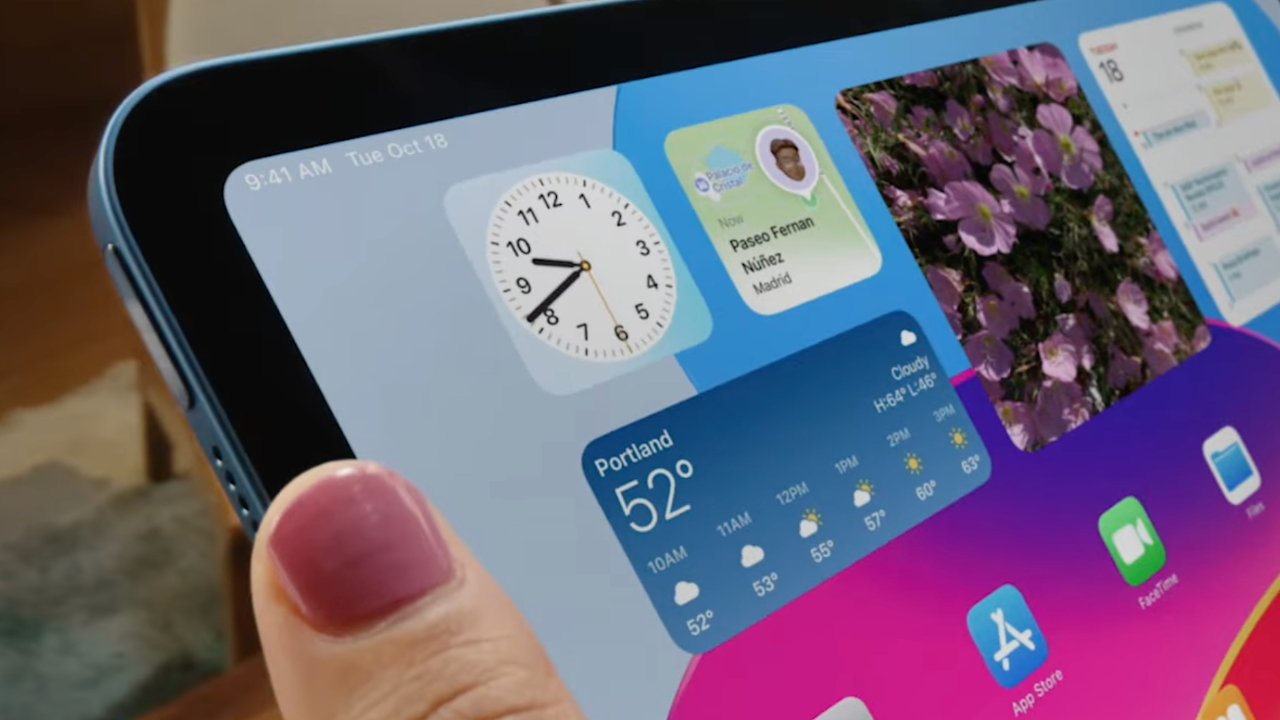
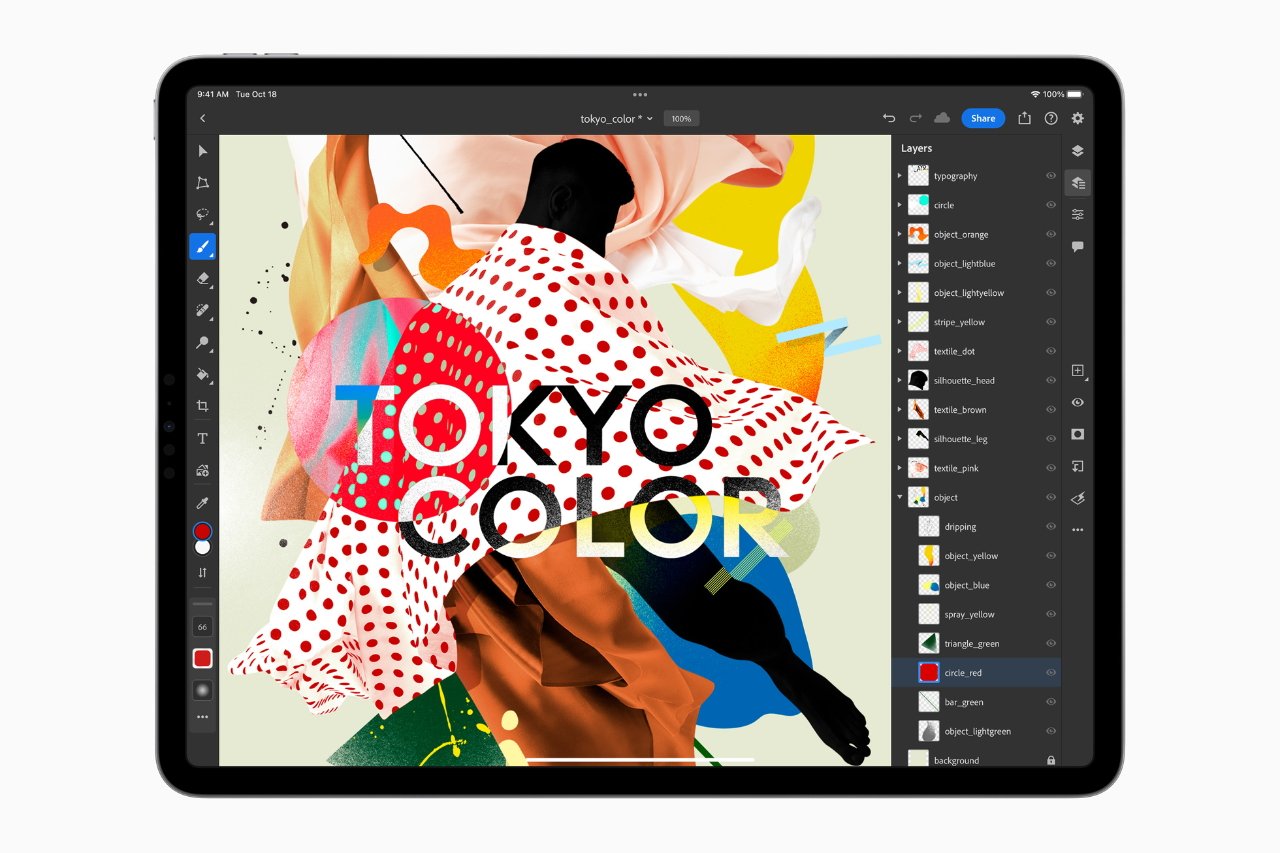
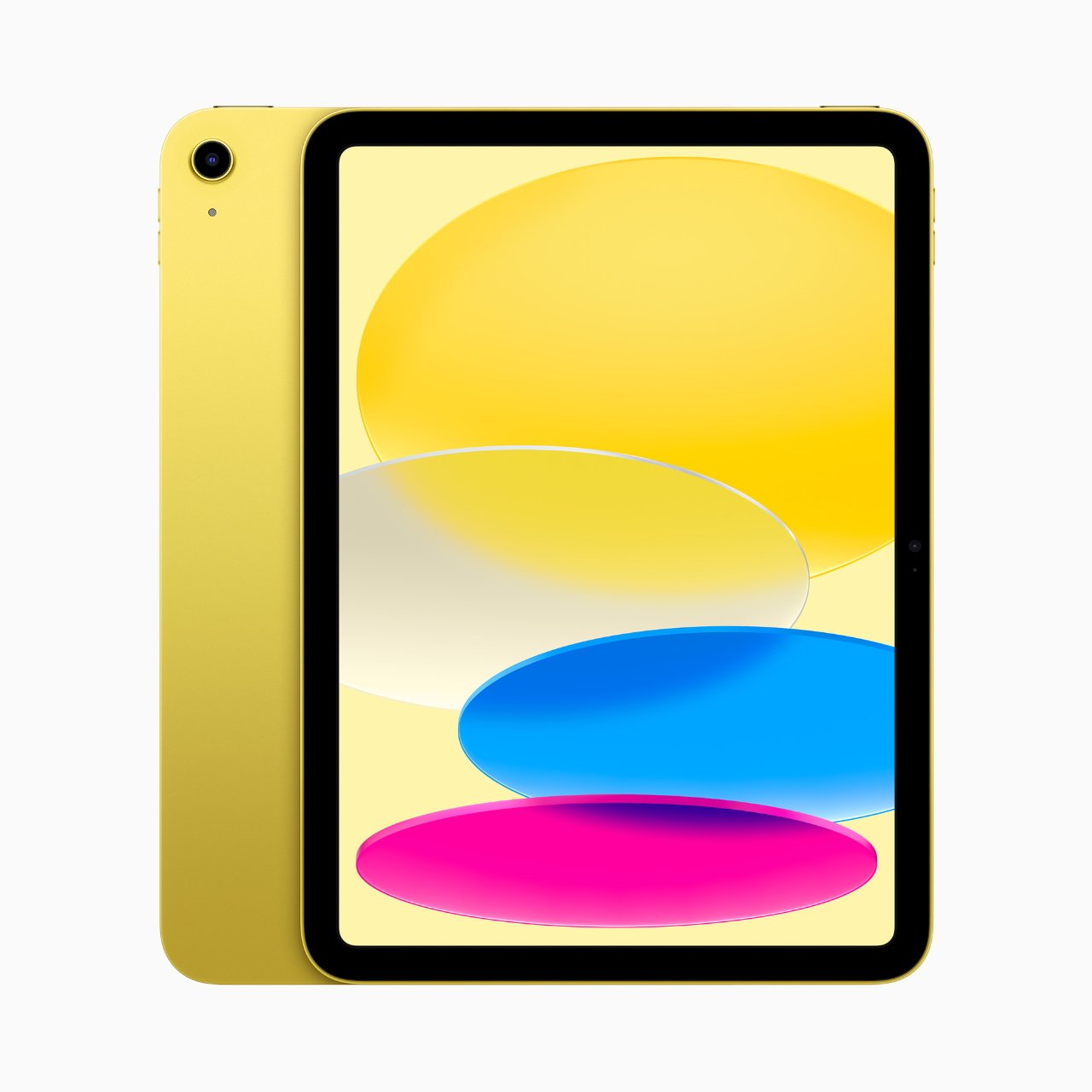
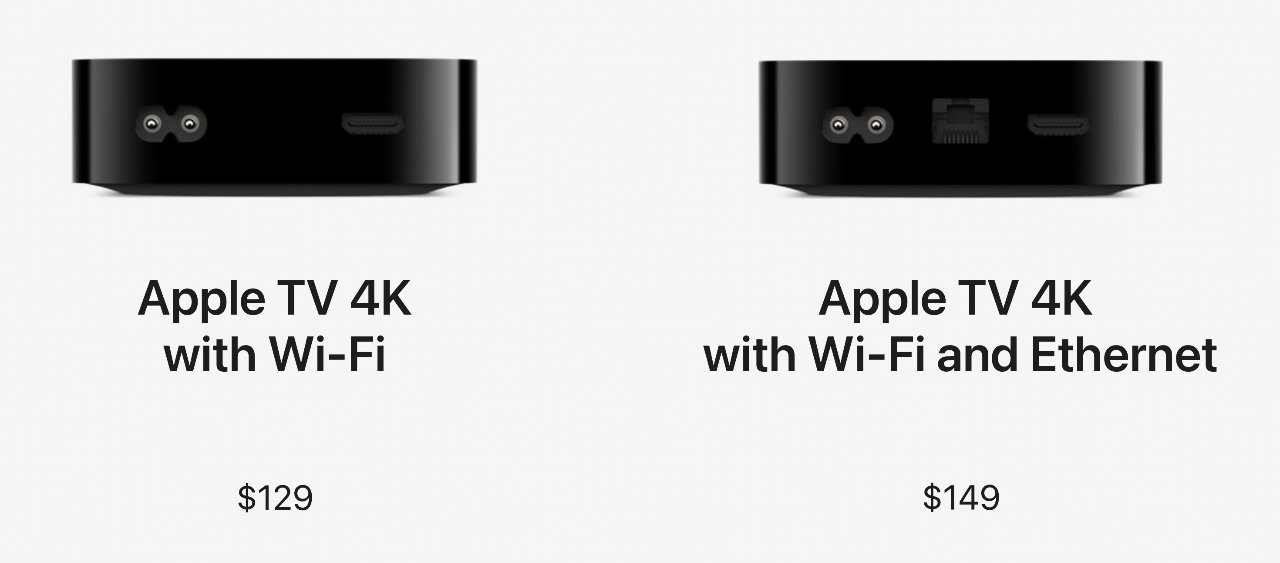
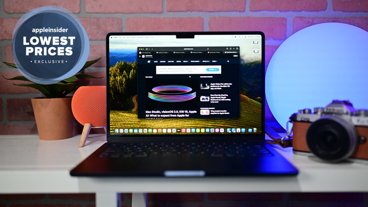

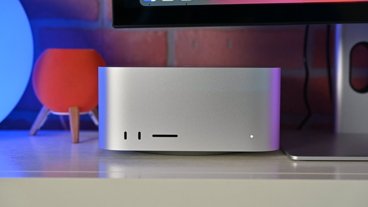
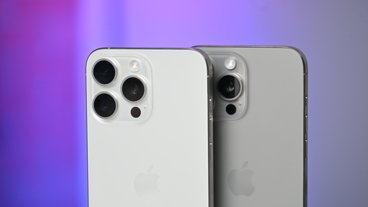
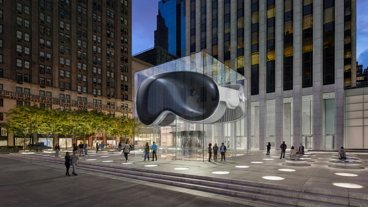
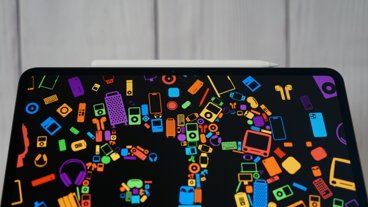







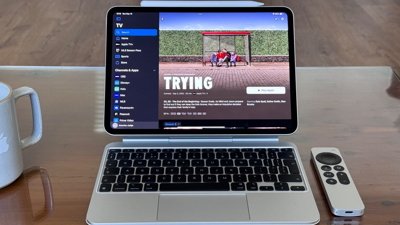
 Charles Martin
Charles Martin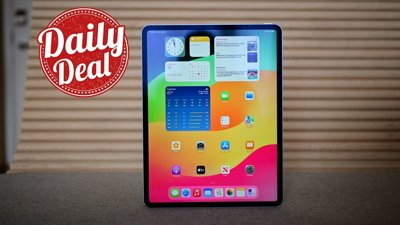
 Christine McKee
Christine McKee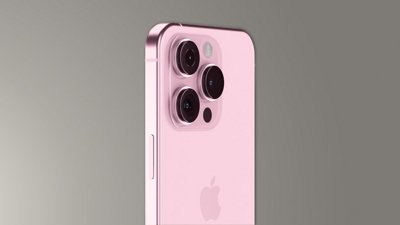
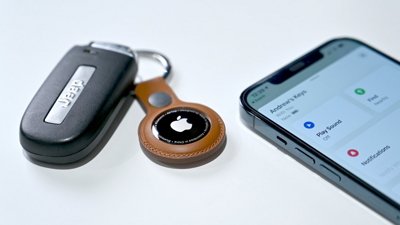
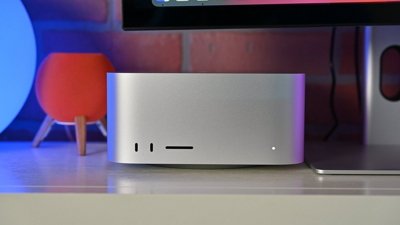
 Mike Wuerthele and Malcolm Owen
Mike Wuerthele and Malcolm Owen
 Chip Loder
Chip Loder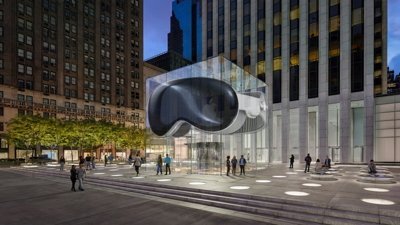

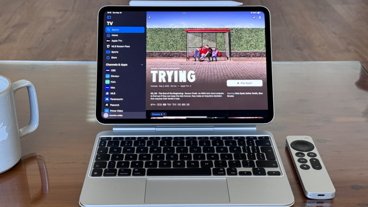





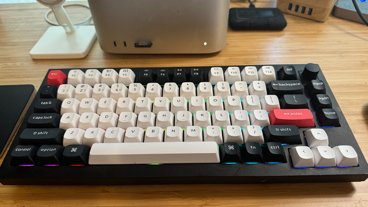



53 Comments
Yeah, agreed 100%! The iPad and appletv upgrades are all pretty underwhelming and the need to use a dongle for the 1st gen Apple Pencil on the new baseline iPad is RIDICULOUS!
Oh, man. You sure took a lot of space to make your claim. I guess we’ll have to wait until apples next earnings call.
In Germany they increased the price for the iPad mini by 100€ without any advancements, considering it to be anyway quite expensive already before…let‘s see how the market reacts, seems the count on the Holiday season, but that might be a dangerous gamble given today‘s time!
Bit wordy to make its points, but 100% agreed. Hopefully next year’s revisions will be better.
Totally disagree with the takes in this article.
I hear people saying the lack of Ethernet is bad on the $130 Apple TV. When I hear that, I immediately think those people are crazy. Crazy for not understanding what the mass market is, crazy for not being introspective of their desires versus the mass market. The mass market does not have Ethernet. They aren't going to wire their house with it. If their house or home has it, they won't use it. It's WiFi all the time. This Apple TV is a Christmas gift fare for the mass market. Perhaps Apple needs to cut it to $100, but at $130, it's a great price for what you get relative to other TV dongles.
If you are buyer that wants Ethernet, you can get an Apple TV with it for $150. This used to be the price of the lower end Apple TV 4K. The new one is basically 50% to 100% more in everything: CPU, GPU, RAM and storage. And it is fanless to boot. That's a pretty good deal.
I would recommend the $450 iPad 10th gen over the $330 iPad 9th gen. There is 1 GB more RAM, a 10% larger display, faster CPU, GPU, and RAM. It's simply a better machine, and it's worth $120 more. There is perhaps 2 reasons for getting the 9th gen model: a buyer doesn't want to spend $450 and buyer wants the home button. The former will be solved with time, the latter is one of those things that can't be solved and people will have to live with it.
If people want better iPads, they spend more. Same as it always is. That ~11" iPad form factor now scales from $450 to $2100. The more the buyer is willing to pay, the more and better they get. From 10th gen to Air to Pro, the quality improves. The case gets thinner. The displays get better, the performance gets better, the stylus performance gets better. If you are just a news browser, iPad 10th gen is the way to go. You like to play games, step up to the Air. If the iPad is the primary computing device you plan on using for years, get the Pro or perhaps the 12.9".